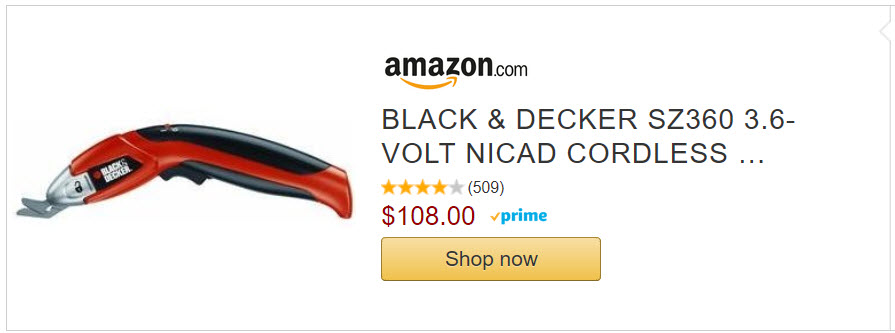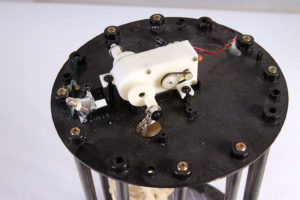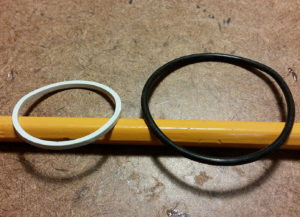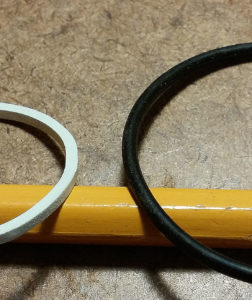This style is officially called aviation snips. Actual tin snips are a little different but I like this style better. It has corrugated blades and leverage linkage to the blades that tin snips don’t have.
I have arthritis and cutting thicker things with scissors such as cardboard or heavy cloth, or yes, even tin, is difficult for me. I researched electric scissors but didn’t find anything that looked right. And the heavy-duty ones cost around $100.00 and I wasn’t about to spend that kind of money on scissors.
So I figured I’d try tin snips. Eureka! I love them for all of the above! They even just cut some hard plastic tubing that I didn’t think would work, but the tin snips went through it very easily. It’s easy now for me to cut all those thick things that used to cause me so much trouble. If you are having trouble cutting things, arthritis or not, get yourself some tin snips!
You can probably get them for under $10.00 and they’re fantastic! There are ‘straight cut’ style, and left cut and right cut style snips. Straight cut are best for straight-line cuts and all around use. Left cut make it easier to cut arcs to the left, right cut, easier to cut to the right. I didn’t want to be limited by a directional bias so I bought the straight cut and they’re working great!
I say “no thank you!” to ads like this one for wimpy scissors at really high prices now that I’ve discovered my tin snips!





